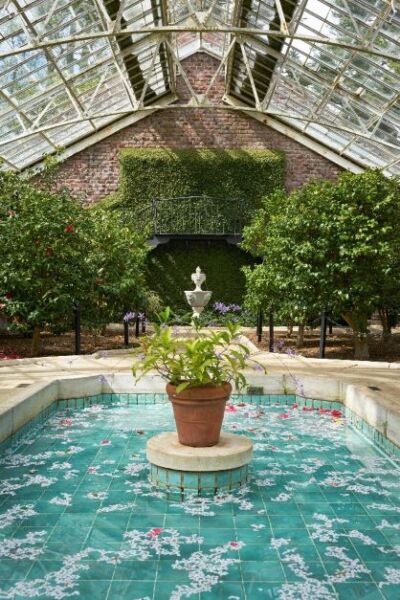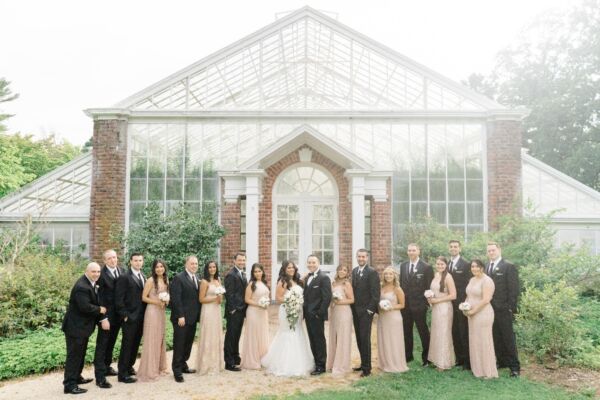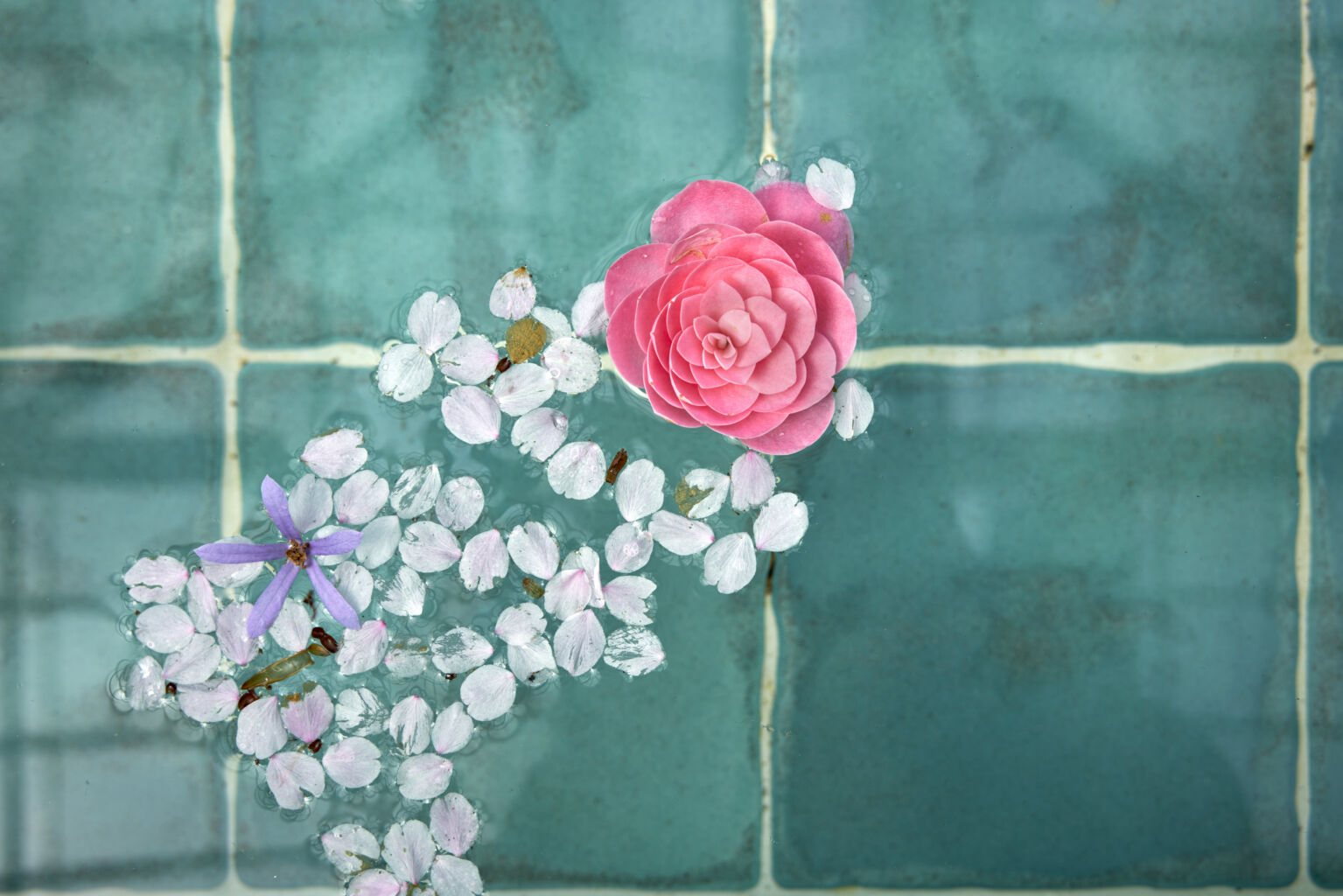The origins of Valentine’s Day may go all the way back to the ancient Roman festival Lupercalia, a fertility festival held in the middle of the month of February. The name, of course, comes from Saint Valentine, a Christian priest who lived in the Roman Empire in the third century. One legend has it that Valentine was arrested and killed for helping Christian couples to marry, a criminal act at the time. These two ancient tales combined over the years with other folk traditions to become a cultural celebration of romance and love we now observe each February 14th with flower, chocolates, and Valentines cards.

Valentine’s Day at Planting Fields almost always coincides with peak camellia season, and the Camellia House—a heated greenhouse designed by architect Guy Lowell and landscape architect Andrew Sargent in 1917—becomes a romantic scene of red, pink, and white blooms. At Sargent’s suggestion W.R. Coe purchased a large collection of hybrid camellias from Guernsey, an island in the English Channel near the coast of France. When they arrived at Planting Fields in June of 1916, Coe recalled, “I asked Sargent where he was going to plant them and he said, ‘Well, you will have to build a greenhouse for them!’”[1]

Lowell and Sargent based the striking red brick and white columned pedimented doorways of the Planting Fields Camellia House on a particularly impressive hot house built by architect Sir Joseph Paxton between 1836 and 1840 for the Duke of Devonshire at Chatsworth House (once the largest greenhouse in the world, it was demolished in 1920). In 1922, under the Olmsted Brothers’ supervision, the Planting Fields Camellia House more than doubled in size with the addition of the east and west wings. Today, a few of the original camellia plants Mr. Coe brought over in 1916 survive, and along with over two hundred other camellias they are in full flower just in time for warm, romantic Valentine’s Day strolls through the greenhouse.
Meredith A. Brown, Director of Museum Affairs and Chief Curator
[1] “William Robertson Coe Reminisces with Everitt L. Miller,” oral history interview taped at Planting Fields, c. 1954. Planting Fields Foundation Archives.

